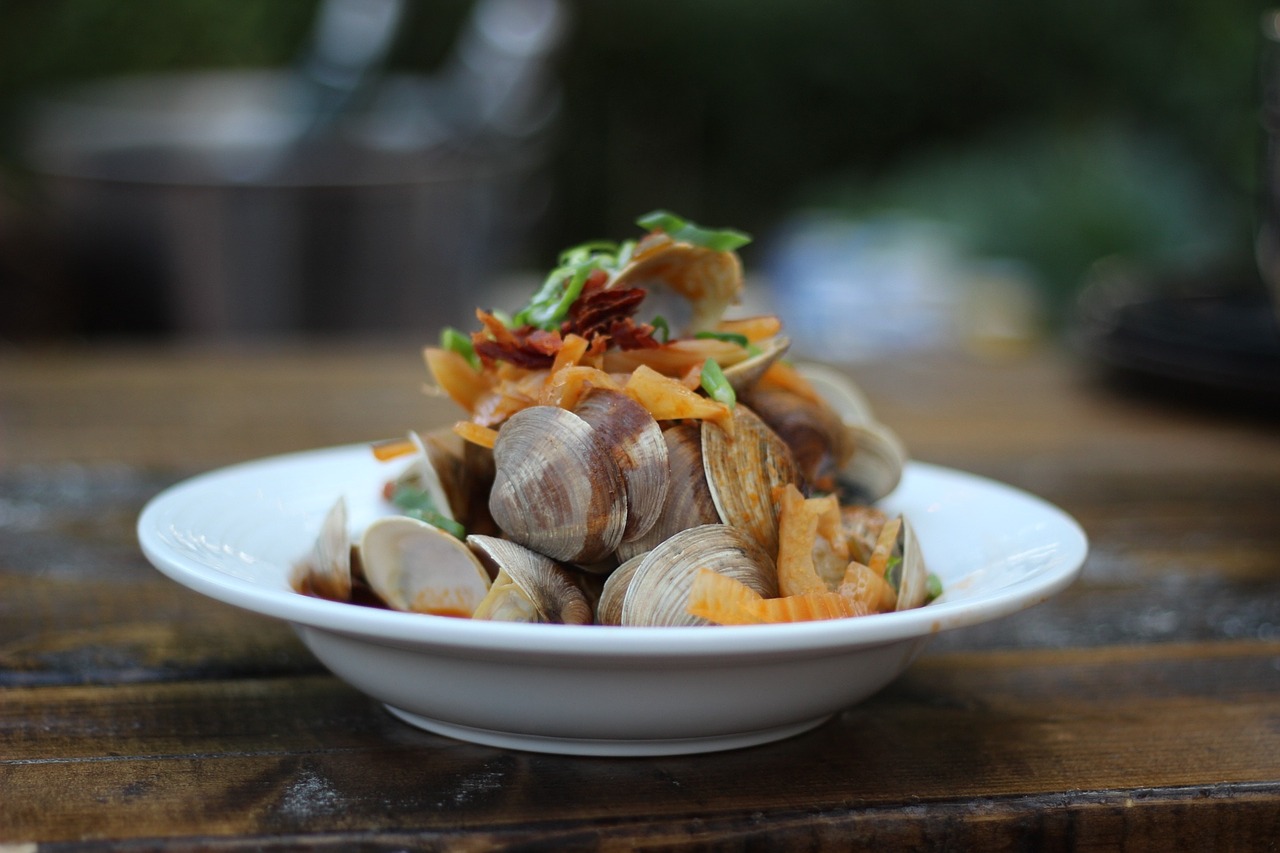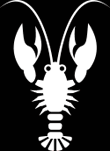Oysters, clams, and mussels
With the US having two very different coasts on opposite sides of the continent, the options for clams, oysters, mussels, and scallops can seem endless. There more than 10,000 kinds of bivalves to find in the ocean and eat. Ask for help when selecting the right protein for your palate on any given night.
As with most seafood, fresh is key in finding the right bivalve to satisfy your cravings. Although rapid transit allows west coast seafood to arrive in New York within a few hours, focus on finding the bivalve from the closest body of water. Although bivalves can use freshwater lakes, ponds, and rivers for a home, the best clams and mussels come from the ocean. Luckily, bivalves come in their own shell containers and remain alive for any long, cross-terrain journeys.
Oysters are often eaten raw and cold. Frequently consumed without chewing, many people eat oysters by throwing back their head and swallowing the bivalve whole. Oysters make a great appetizer and can be a wonderful way to add quality protein to a meal.
Scallops are often seen as the most sophisticated bivalve to add into a hot dish. When fresh, and cooked well, scallops have little to no seafood taste while providing a smooth, consistent texture. Because scallops are a highly coveted ingredient, sometimes the only scallops available are from a frozen reserve. Frozen scallops, when prepared by an expert chef, retain a majority of their qualities. Don’t be shy about asking if scallops are fresh or frozen.
For those who are reluctant about seafood dishes, a pasta dish with mussels or clams is frequently a safe choice. With the majority of flavor and texture coming from the pasta and the sauce, the mussels or clams typically blend into the dish.



Comments are closed.